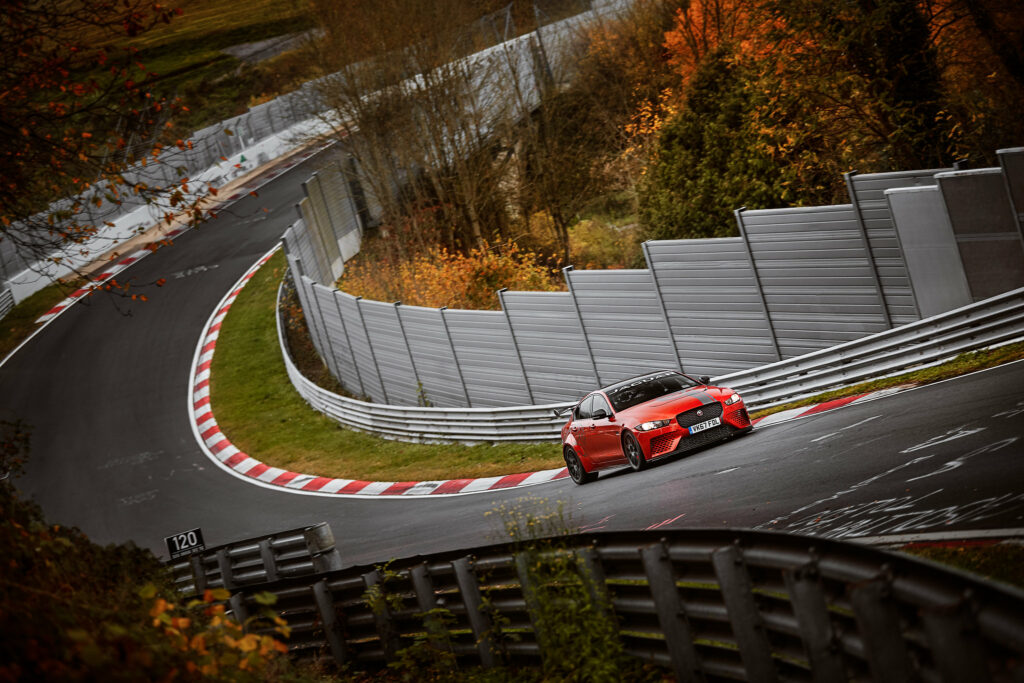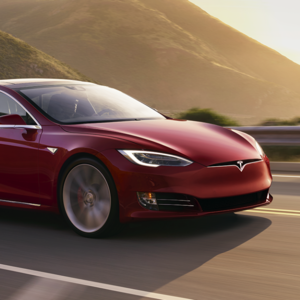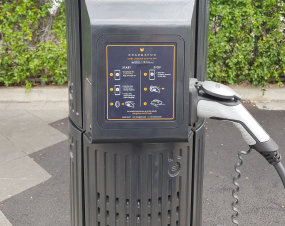Germany’s Nürburgring racecourse is the de facto global proving ground for vehicle performance. Electric vehicles have proven they have the acceleration and the power to set records, so why haven’t they taken the lead on the world’s most (in)famous track? We’ve combed through the lap times, the specs, and the commentary to find out.

A storied history
Why do we even care about the Nürburgring? What makes it better than other tracks?
There’s no single reason the Nürburgring is so revered. The track used today is an amalgam of existing mountain roads around the town of Nürburg in west Germany and a Grand Prix track built in 1984. Its characteristic elevation change and brutally difficult turns have made it a favourite of racing fans who dubbed it “The Green Hell”. It is estimated that up to 12 people die on it every year.
While it is used for Grand Prix racing, its primary purpose has always been manufacturer testing. Automakers frequently book out the track (which is otherwise publicly-accessible) for days at a time to test their latest models. A strong time on the Nürburgring is a valuable marketing tool for performance car sales.

Record setters
While there are multiple categories measured at the Nürburgring, the most important one for manufacturers has always been the “Fastest Production Car” record. Vehicles in this grouping must complete a lap of the track using publicly-available specs, although manufacturers often flaunt this requirement with special- and limited-edition kit designed specifically for the ‘Ring (and offered at exorbitant prices).
This was the category Chinese EV manufacturer NIO set the record in with their all-electric EP9 in 2017, clocking in at a blistering 6:45.9 seconds. This time was subsequently disqualified from the production car category after it was revealed that the EP9 had used custom tyres.

The EP9 never attempted another lap of the ‘Ring, and the record-setting time was beaten in July 2018 by the Lamborghini Aventador.
Where are the EVs?
A quick glance through the Nürburgring Top 100 reveals a conspicuous absence: there are no EVs. In a world where Teslas are mopping the floor with combustion sportscars, it seems hard to believe that they can’t scrape a mention on such a famous track.
There are a few reasons we aren’t seeing EVs smashing combustion lap records, on the Nürburgring or otherwise.
1. Torque isn’t enough
While they make for great clickbait, observant viewers might notice the videos of EVs tearing up conventional supercars all have one thing in common: they’re drag races. EVs’ electric drivetrains give them instant access to reams of torque, a massive advantage over their combustion cousins who require precious seconds to build it up.
But while that torque is an incredible asset over a quarter mile drag race, the acceleration boost is less useful over long periods and at characteristically-high track speeds. Top-level Nürburgring laps are run at average speeds exceeding 180 kph.
2. Infant tech
Auto manufacturers have had literal centuries to develop combustion technology. Modern engines have long since transcended the limits of early efforts and EVs are doing the same today. They have a long way to go before they reach the maturity enjoyed by combustion.
Furthermore, very little of the development taking place is being directed toward racing. The stress of sustained performance just isn’t a priority for most manufacturers; they’re more interested in spending money on increasingly-lucrative consumer markets.
Pushing a non-racing car through the Nürburgring is a dangerous game. A Tesla Model S went into reduced power mode automatically in 2014 after several components reached critical temperatures. It just wasn’t designed for the punishment the ‘Ring provides.
3. Battery battle
The average EV is designed for range; manufacturers squeeze in as many batteries as their chassis and budget will allow, hoping that the range boost will sell some extra units and assuming the added weight won’t matter.
And in most cases they’re right. While passenger cars can afford to be heavy, the extra burden will actively slow an EV around the track. Handling suffers, cornering is slowed, and top speeds are reduced.
EV producers can combat this issue by using only as many batteries as necessary. This poses a problem for the Nürburgring, however, since the ideal battery configuration would be almost unusable in any context except very short racing circuits. Even then, the pack would have to be entirely reconfigured to distribute weight and provide the correct aerodynamics.
This presents an awkward paradox for manufacturers hoping to tackle the Nürburgring. Remove batteries and you no longer have a useful production car, add batteries and you can’t beat the records.
Do you think electric vehicles can overtake combustion on the Nürburgring? Who will be the ones to do it? Let us know and stay up to date with EV news and updates on the JET Charge blog.



